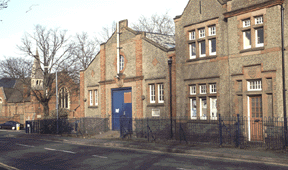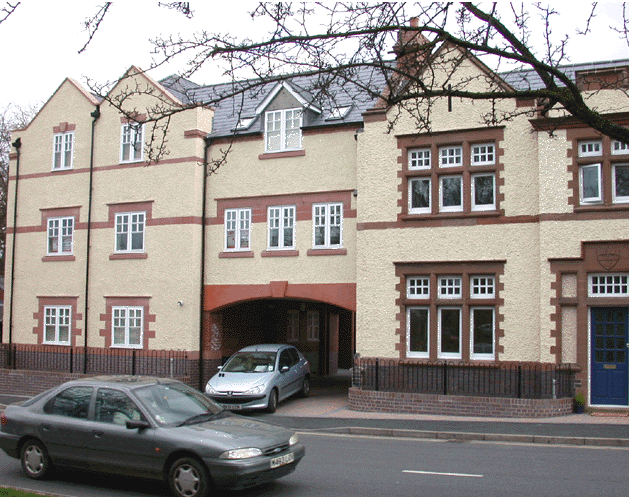

On opening day the town was suitably decorated and large numbers of people were out to welcome the Earl of Dudley when he arrived from Witlev Court. Troops lined the streets, including the Earl’s own regiment,The Worcestershire Yeomanry 'C' Company. On arrival at the Drill Hall. the Earl was met by a party of civil and military dignitaries, including Stanley Baldwin, MP. His lordship hoisted the Union Jack and declared the Hall open.
 |
 |